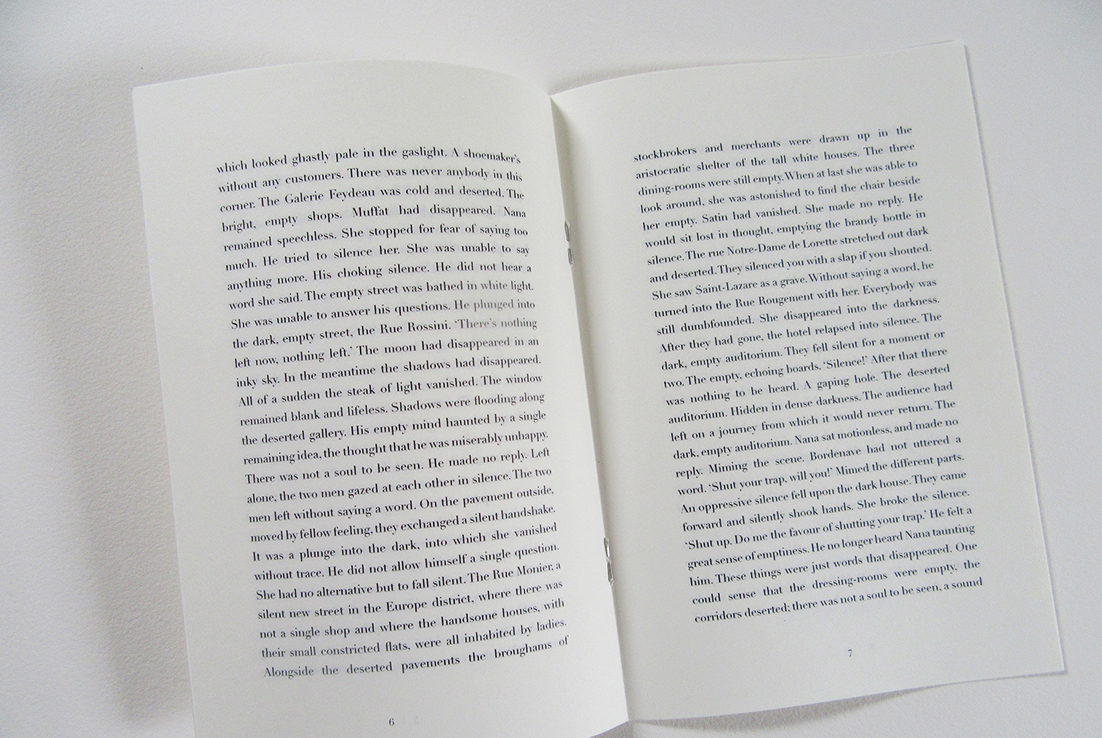Paper GSM
When planning your book printing project, the aspect of the paper is a consideration that will affect price, affordability and your books longevity. The weight of the paper is known as GSM (GSM is an acronym standing for 'Grams per Square Meter') and is what all paper is measured in. While the weight (or GSM) does not mean thickness, there is a correlation between paper GSM and a pages thickness within their own class.
Paper Finish
Uncoated paper stocks, like the pages of a novel, might have a thicker width per each page per weight when compared to Satin Matt or gloss stock. Uncoated stocks are porous more common in books that will only contain black & white text, where are books that contain colour are more often than not mostly seen on Satin Matt or Gloss stocks. This can be attributed to the amount of ink coverage that black & white text pages have in solid blocks compared to solid colour images. Because the uncoated pages are porous, they soak up more of the ink and so the ink is less saturated and reflects less light.
While Gloss stock comes in the same array of GSMs as Uncoated stocks, the gloss stocks are shiny and are most commonly seen in full-colour magazines that need a lot of ink coverage.
Satin Matt is what some might consider being the in-between, and while it is a coated stock like the Gloss is a coated stock, Satin Matt reflects less light than the gloss, making it a viable choice to be used in most books, with either black & white or colour ink.


Paper colour
The paper colour for your printed book should be determined by it’s intended purpose, and to a lesser extent, your budget. The ranges of typical white papers available include bright white, off-white, white with a speckle of recycled components and cream; and while any of these paper types might not be noticeable at a glance, they do become apparent when compared to other printed book pages.
Environmental credentials
While paper types come in a range of environmentally friendly stocks, the % and method of their eco-friendliness is always a little different. If you are not sure what you are wanting, then please give us a call and we can walk you through what is available, but as some broad strokes… FSC, also known as the Forrest Stewardship Council, accounts for papers origin from seed to paper, (cradle to grave) to make sure no undesirable sources were used in the paper production process. This could mean that forest where planted with the specific intention of being feld one day so that no naturally occurred forests would ever need be touched. Another way environmentally friendly paper practices are excised by not using bleach to re-whited existing recede pulp, and varying the degree of percentage of virgin tree pulp to a recycled pulp.
There are many eco-friendly credentials today, but rest assured, if the paper is being used in Australia, then it probably caries at least one of them.